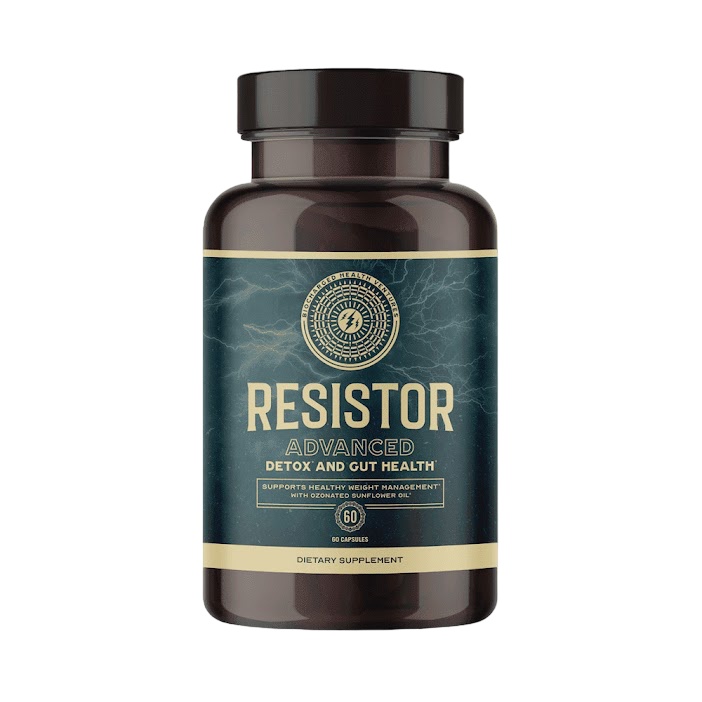People love a villain, and lately that’s been anything with omega-6’s in it. Spoiler alert…It's not about avoiding omega 6’s, it’s all about achieving an ideal balance between omega-3’s and omega-6’s. Let’s talk about why we need healthy fats and how to achieve balance for optimal overall health.

Omega-3 and omega-6 fatty acids are both essential polyunsaturated fats, meaning that our bodies cannot produce them on their own and we need to obtain them from our diets. However, it’s maintaining the balance between these two types of fatty acids that is crucial for achieving optimal health.
Omega-3 Fatty Acids
Omega-3 fatty acids are known for their anti-inflammatory properties and have been linked to a variety of health benefits, including:
- Heart Health: Omega-3s can help reduce triglyceride levels, lower blood pressure, and decrease the risk of heart disease.
- Brain Health: Omega-3s, especially DHA (docosahexaenoic acid), are essential for brain development and cognitive function. They may also have a positive impact on mood disorders and cognitive decline.
- Joint Health: Omega-3s can help reduce inflammation in the body.
- Eye Health: Consuming omega-3s may help protect against age-related macular degeneration and other eye disorders.
Omega-6 Fatty Acids
Omega-6 fatty acids also play important roles in the body. They have been shown to lower harmful LDL cholesterol and increase protective HDL. Omega-6 fats help keep blood sugar stabilized by improving the body's sensitivity to insulin. Yet these fats don't enjoy the same sunny reputation as omega-3 fats. Some of their other functions include:
- Cell Function: Omega-6s are necessary for cell membrane structure and function.
- Hormone Production: Certain hormones are derived from omega-6 fatty acids, and they play a role in regulating various bodily processes, including blood clotting and immune response.
- Skin Health: Omega-6s are important for maintaining healthy skin and preventing dryness and irritation.
Balancing Omega-3 and Omega-6
The ideal balance between omega-3 and omega-6 fatty acids is important because an excessive intake of omega-6s, relative to omega-3s, can lead to a pro-inflammatory state in the body. In modern diets, there's often an overconsumption of omega-6 fatty acids due to the prevalence of highly processed foods and diets high in fried foods.
A balanced ratio of omega-3 to omega-6 is generally recommended to be within the range of 1:1 to 1:4. However, due to the poor quality of many Western diets, this ratio can be as high as 1:20 or even higher for some individuals. To achieve a better balance:
- Increase Omega-3 Intake: Consume more fatty fish (like salmon, mackerel, and sardines), flaxseeds, chia seeds, and walnuts.
- Seek High Quality Omega-6: Select organic, cold-processed, chemical-free oils and omega-6 sources. Limit the consumption of processed and fried foods.
- Be Careful with Cooking Oils: Opt for oils with a better balance of omega-3 and omega-6, such as olive oil or avocado oil which can safely withstand heat.
- Read Labels: Be mindful of packaged foods and check ingredient labels.
Maintaining a proper balance of omega-3 and omega-6 fatty acids is an important part of supporting overall health and reducing the risk of chronic inflammation and related diseases. As always, it's a good idea to consult with a healthcare professional or registered dietitian to determine the best dietary approach for your individual needs and preferences.



